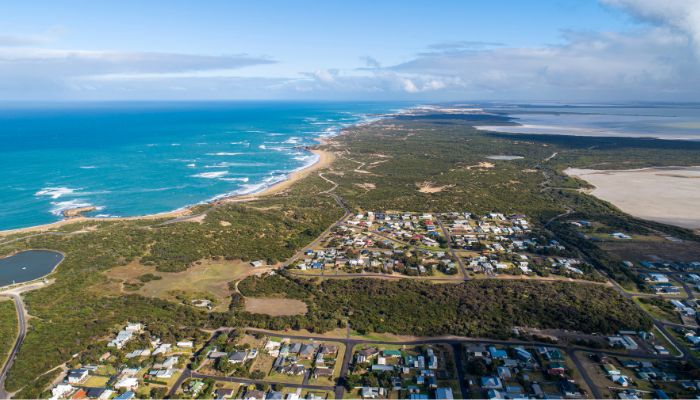
South Australia has defied the national housing downturn felt throughout 2022 and a new report from InvestorKit identified the top markets in the state.
InvestorKit head of research and founder Arjun Paliwal said the South Australia property market has been performing well relative to other state since 2022 due to several factors, including affordability, economic recovery, improvement in internal migration, and heavy infrastructure investment.
“The top five regions have displayed robust economic growth, with high gross regional product growth and historically low unemployment rates that have remained at their lowest level in the past ten years,” he said.
“They have demonstrated exceptional performance in the preceding year, and based on their economic and property market indicators, it is expected that they will continue to outperform in 2023.”
Each region included in the top performers is given a market performance score out of five, which is based incoming supply, growth cycle, price pressure, rental pressure, and rental yield. All regions listed have a market performance score of at least 4.0.
Here are the top five markets to look out for in South Australia:
Barossa
Median House Price: $465,500
Rental Yield: Over 4.5%
Barossa is situated 75 kilometres north-east of Adelaide. It experienced a price growth of 13.5% over the last 12 months and 47.8% over the ten-year period.
“Although the sales volume is slowly trending down and the price is not growing as fast as last year, we do not see its growth stopping anytime soon considering the high market pressure and affordability,” Mr Paliwal said.
Barossa’s rental market has also been tight and competitive especially in recent years, with vacancy rates hovering around 0.1%. This supported the surge in rent levels in the region, rising 46.4% over the decade.
Mount Gambier
Median House Price: $380,000
Rental Yield: Around 5%
Mount Gambier is the second largest city in South Australia and home to the infamous Blue Lake. It is the centre of a large transport industry thanks to its strategic location between Adelaide and Melbourne.
Over 2022, it registered a 26.7% — this boosted the decade growth to 61.7%, which is actually in line with the long-term average growth.
In terms of rental vacancy, levels have been trending downward over the past decade and reached the lowest level in 2022 at 0.5%. Rents have grown by a total of 48.9% over the past 10 years.
Tea Tree Gully
Median House Price: $620,000
Rental Yield: Around 4%
Tea Tree Gully’s is located 15 kilometres away from Adelaide CBD. Given its location, it is able to boast a good mix of strong economy, relative affordability, lifestyle, and growth prospects.
Over the past two years, Tea Tree Gully’s median price has gone up by 42%, beating Adelaide’s growth during the period.
While its median price is on the more expensive side compared to other regions in the list, it remains a more affordable spot for property compared to Greater Adelaide.
“Although Tea Tree Gully is currently slightly overvalued, it is still relatively affordable compared to many other Adelaide sub-regions that offer similar facilities and lifestyles,” Mr Paliwal said.
Rental vacancies in Tea Tree Gully is extremely tight, with vacancy rates sitting around 0.2%.
Onkaparinga
Median House Price: $575,000
Rental Yield: 4.3%
Onkaparinga is relatively among one of the most affordable markets in South Australia.
The region is situated between Adelaide CBD and Fleurieu Peninsula. Over the past year, its median house price has increased by 16.8% and in the past 10 years around 74.8%
Mr Paliwal said that while Onkaparinga’s unemployment is not the lowest in Greater Adelaide, it has improved a lot in recent years, and now sits at the lowest level in a decade.
“The $5.4 billion worth North-South Corridor is set to further boost the local economy by creating thousands of jobs and business opportunities,” he said.
Adelaide Hills
Median House Price: $651,200
Rental Yield: Around 4%
Adelaide Hills has been witnessing price growth since 2021 — over the last 12 months, median prices in this region increased 15.6%. Meanwhile, its 10-year growth is at around 58.8%.
Its main town, Mount Barker, has become one of Greater Adelaide’s hotspots for property in recent years.
Rental vacancy rate in Adelaide Hills is around 0.3%, resulting in a 10-year rental growth of 40.8%.
-
Photo by tracielouise on Canva.